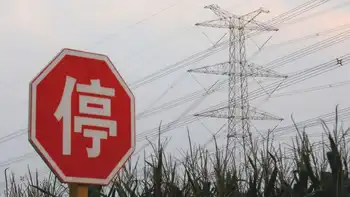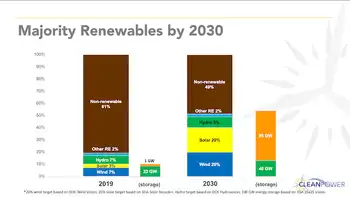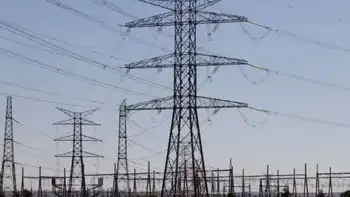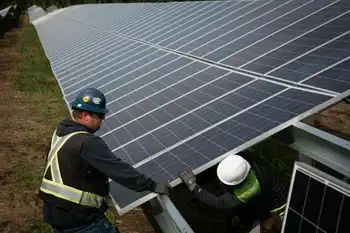Turbines spinning power, problems
By The Oakland Tribune
Arc Flash Training CSA Z462 - Electrical Safety Essentials
Our customized live online or in‑person group training can be delivered to your staff at your location.

- Live Online
- 6 hours Instructor-led
- Group Training Available
Commercial wind-generating capacity already has quadrupled to more than 11,000 megawatts since 2000, enough to power more than 3 million average homes for a year. Yet it remains a marginal part of the nation's energy portfolio, providing about 1 percent of the nation's electricity today.
President Bush and other wind-energy advocates see great potential. But a study released by the National Academies of Science said not enough is known about the threat such an expansion poses to vulnerable species such as night-migrating songbirds, bats, hawks and eagles.
"The report is a step forward. It basically says we can dramatically expand wind power, but there are some issues... we have to address," said Peter Galvin, conservation director at the Center for Biological Diversity, which has fought to reduce bird kills at the Altamont Pass wind farm.
"Provided we can resolve those and put some teeth in the regulations, there's no reason wind power couldn't provide up to a quarter of the nation's power."
The study, ordered by Congress, is "the most complete compilation of environmental impacts, and impacts on humans, positive and negative, from wind energy that's yet been done," said Paul Risser, chairman of the committee that wrote the report and a researcher at the University of Oklahoma at Norman.
"The human impacts of wind farms can be both positive and negative," he said.
Overall, the report noted, wind-energy development benefits wide areas via reduced air pollutants, while the environmental costs, such as ecological effects and bird deaths, occur locally.
But the panel declined to say whether benefits outweigh costs or vice versa, leaving that decision to state and local officials and the public.
The study assumed wind's share of the nation's power supply would hit a maximum of 7 percent by 2020. Such growth requires as many as 36,000 new turbines, each with blades equal to the wingspan of a 747 jet on towers up to 300 feet tall, all on high ground where the wind blows an average of 10 mph or better.
Federal regulation of wind projects on private land is minimal, the report observes. And while some states have developed guidelines, wind energy is such a recent addition to power production in most areas that most states are relatively inexperienced at planning and regulation. The exception is a handful of states such as Texas and California that have large concentrations of wind farms.
The good side of wind energy, of course, is that once in place, turbines don't pollute air or water. The report figures that if wind power does produce 7 percent of the nation's energy by 2020, it would offset as much as 4.5 percent of emissions of greenhouse-gas carbon dioxide produced from electricity generation.
But the downsides can be considerable, and the Altamont Pass wind farm is often cited as an example of the dangers of installing turbines without paying careful attention to environmental costs.
"The Altamont Pass was a bad place to build," said Elizabeth Murdock, executive director of the Golden Gate Audubon Society, which sued Alameda County and the wind farm operators over bird deaths.
"If we knew 20 years ago what we know now, we would probably never build there."
The wind farm boasts more than 5,000 turbines and sits in the midst of a crucial bird migration corridor and the world's largest known Golden Eagle nesting territory.
A 2004 study figured the farm's blades killed 1,300 raptors a year. In January, Golden Gate Audubon Society settled its lawsuit. The companies agreed to halve the number of bird kills by 2009 and find a way to make power generation and birds co-exist.
Lessons learned there will be disseminated nationwide, Murdock added. "We are on the path right now to a sustainable solution to Altamont Pass. Whether we've accomplished it, we can't say now. But we are on the path."











